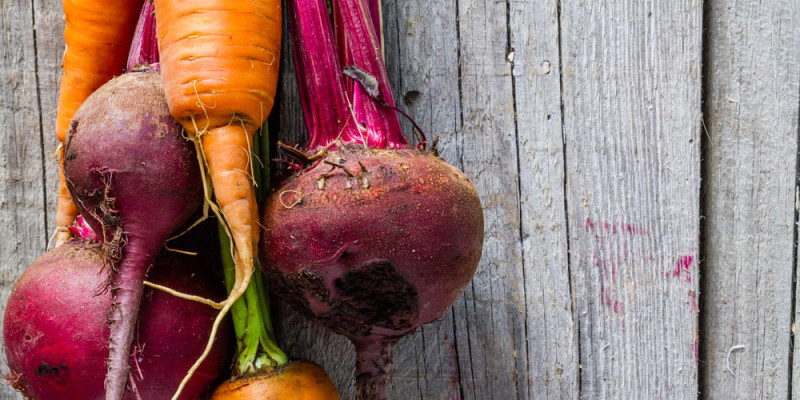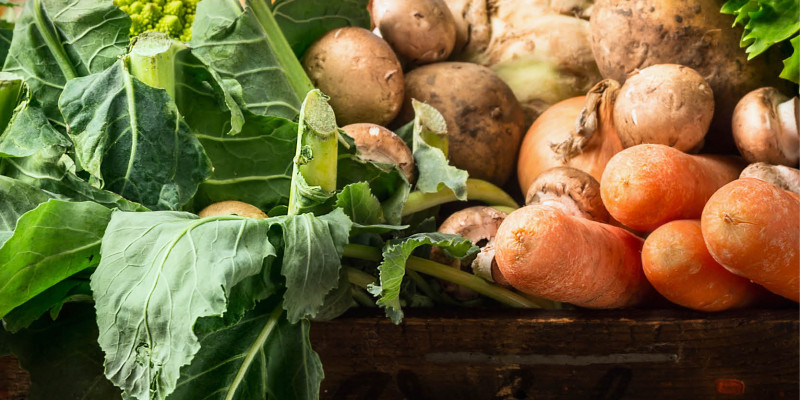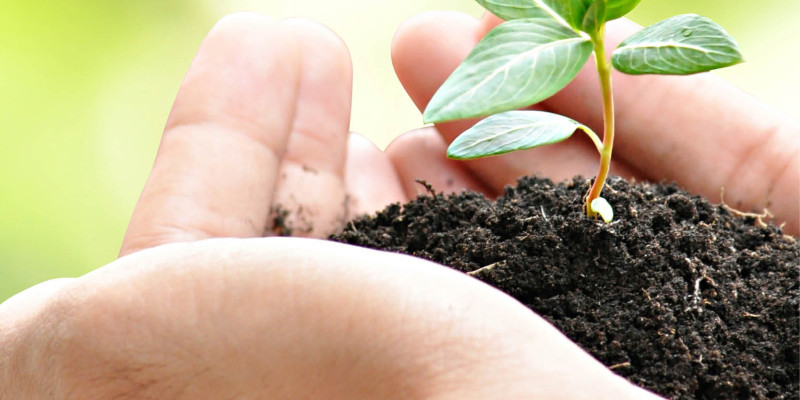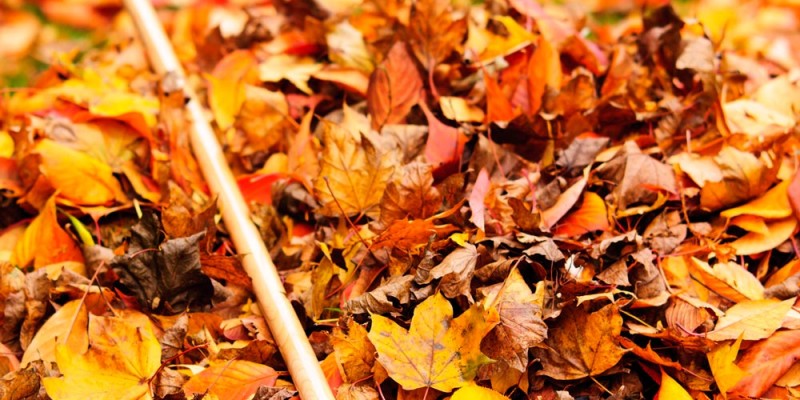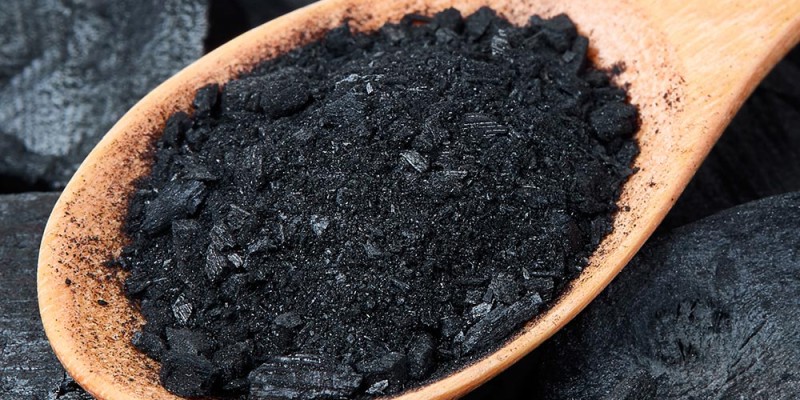With the trials finishing up and the total yields being compiled we have received some great feedback from the community asking some very interesting questions which we hope to answer over the next series of videos. We are going to look into the soil and produce to see if we can figure understand better how these products work.
One of the product claims of rock dust is that it increases the nutrient density of the food we harvest and eat. So how do you measure that?
I have found a number of videos and product claims talking about using a Brix tester or refractometer to measure the nutrient density of produce. So what is a Brix Tester? And does it really measure the nutrient density of your produce?
A Brix tester measures the refraction value of the juice typically from your produce. It commonly used to measure the peak sugar content typically for eating or wine production. The unit most common meters have a detection limit of 0.2%.
Does a Brix Tester or Refractometer measure nutrient density of the vegetables we eat? In order to measure something we have to define what we want to measure. The most common definition of nutrient density is the relationship between the nutrients such as vitamins and minerals to calories.
Most Macronutrients such as sugars and proteins are required in large quantities by humans for the purpose of energy production. The exceptions are Calcium, Sodium, Chloride, Magnesium and Potasium.
The Brix tester is sensitive enough to pick up changes in the macronutrients found with in your produce. However you are unable to tell which macronutrient has changed. Most of the non-caloric macronutrients can be found in vegetable sources. For more information there are links in the description below.
Micronutrients are included in the non-energy producing dietary requirements for us. Micronutrients or trace minerals are required in small quantities typically under 100 milligrams per day or less. If for instance you take Phosphorus which typically has one of the highest concentrations in food of the micronutrients and you have 631 milligrams in an 88g sample that equates to 0.00733% of the total weight.
Even combining all of the micronutrients massive increases in the concentrations are well below the 0.2% detection limit of the Brix Tester.
What does this mean for using the Brix Tester to measure the nutrient density of food? It can detect some nutrients however concentrations of the caloric component of food is typically larger than the macronutrients the brix tester can detect and the vast majority are undetectable. You also can not tell what component of the produce is causing any increase or decrease.
It is important to state that the nutrient density does not imply bioavailability. What does this mean? Well the food your eating may be nutrient dense but the nutrients may be in a form your body can not use.
Following through with our trial I would like to take a look at Rock Dust and the claims that the Brix Tester or Refractometer can measure the trace elements increases in the fruit grown in rock dust amended soil. The concentrations based on the certificate of analysis for the trace elements are in far too small quantities for the brix tester to pick up.
Live
That said a Brix Tester can be used to demonstrate the improved quality of your garden produce vs that from a grocery store. Often the grocery store fruits and vegetables are picked unripe for shipping. The fruit then ripens on the way to the store. Although the fruit is ripe in the store macronutrients like sugar stop development upon harvesting. This should result in the produce that is picked when ripe from your garden scoring higher then the produce from the grocery store.
Based on what we have just spoken about we are choosing to samples to the lab as their tests should be able to separate the macro and micronutrients and detect to a much lower detection limit.
Over the next few episodes we are going to take a look at the soil and produce to measure things like pH, total nutrient availability and trace elements.
Thank you for spending time with me today. I appreciate it very much. I hope you have a fantastic day!
Brix meter
http://www.ebay.com/itm/370899538292?_trksid=p2059210.m2749.l2649&ssPageName=STRK%3AMEBIDX%3AIT
http://www.leevalley.com/en/garden/page.aspx?c=&p=46784&cat=2,2120
Nutrient Density
http://en.wikipedia.org/wiki/Nutrient_density
Macronutrients
http://en.wikipedia.org/wiki/Nutrient
List of Macronutrients
http://en.wikipedia.org/wiki/List_of_macronutrients
Micronutrients
http://en.wikipedia.org/wiki/Micronutrient
Dietary Source of Potasium
http://www.healthaliciousness.com/articles/food-sources-of-potassium.php
Dietary Source of Calcium
http://www.dietitians.ca/Nutrition-Resources-A-Z/Factsheets/Osteoporosis/Food-Sources-of-Calcium.aspx
Dietary Source of Sodium
http://www.dietitians.ca/Nutrition-Resources-A-Z/Factsheets/Minerals/Food-Sources-of-Sodium.aspx
Dietary Source of Magnisium
http://www.dietitians.ca/Nutrition-Resources-A-Z/Factsheets/Minerals/Food-Sources-of-Magnesium.aspx
Micronutrient analysis
http://nutritiondata.self.com/facts/sweets/5471/2
Certificate of Analysis for a Rock Dust Brand
http://www.azomite.com/resources/coa.pdf
